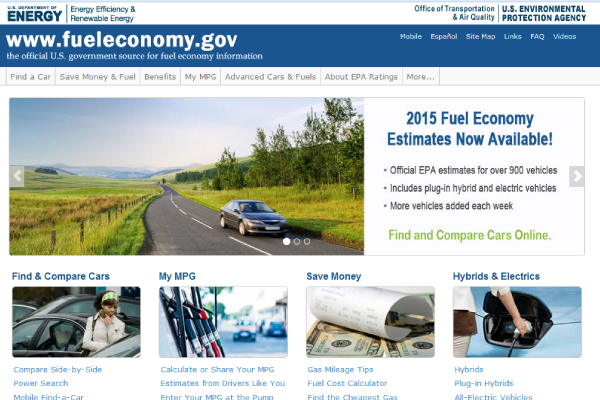Most of us take energy for granted; only noticing when it’s not available, or when it’s time to pay a bill. Energy comprises about two percent of the US economy, with some individual states deriving up to 30% of their gross product from energy production. Energy is an ever-increasing part of our financial picture both as a nation as well as within our individual households. But how can we reduce our energy consumption? October is Energy Awareness Month and we thought we’d give you some great resources you can use to evaluate the amount of energy you use and potentially decrease your energy consumption as a result.
The United States Department of Energy has several comprehensive, user-friendly resources that will show you ways you can decrease the amount of energy you’re using. The Energy Saver Home page will give you information about the amount of insulation recommended for your area, how to seal windows and doors against air leakage, and a host of other very useful information designed to help the average homeowner reduce energy costs. The Energy Saver program is an integral part of our Saving Energy at Home and at School curriculum, which helps students learn how to save energy at home while using the school as a learning laboratory for energy savings.
The EnergyStar Home Energy Yardstick website asks a series of questions about the age, construction, and size of your home, as well as the heating and cooling equipment, hot water heater, and appliances you use every day. And, if it’s time to upgrade your heating system, or you’re thinking of incorporating renewable energy into your home’s energy portfolio, the EnergyStar Tax Credit Information page lists all of the tax credits currently available to U.S. taxpayers. These credits help to defray some of the costs of solar, wind, or geothermal energy equipment. You can actually get paid back for being more energy conscious! The EnergyStar web page describes how products earn the EnergyStar rating, and lists appliances, electronics, and other energy-related items that have been designated as energy efficient.

If you’re planning on installing a household energy system, such as a wind turbine or solar panels, the Department of Energy has a webpage designed to walk you through the process. You can access it at http://energy.gov/energysaver/articles/planning-home-renewable-energy-systems.
The Department of Energy can even help you take fuel costs into account when purchasing a new vehicle. The DOE Vehicle Information page uses your geographical location to help you compare the cost of driving a gasoline-powered vehicle to the cost of driving an electric car. The DOE Fuel Economy Page provides the miles-per-gallon ratings for almost make and model of vehicle, allowing you to calculate how much you can expect to pay for fuel. This information is incorporated in our Pretzel Power activity, which can be found in several of our oil and gas curriculum guides.

Finally, if you just want to see what’s on the horizon in energy innovation and technology, visit the Department of Energy Science and Innovation page. You will be inspired! You will find links to cutting-edge, innovative projects happening within the Department of Energy, its research laboratories, and in research facilities around the country.
There is so much to learn about energy this October. Don’t forget to visit www.NEED.org for any energy education needs as you and your classes become more energy aware this month and beyond!
